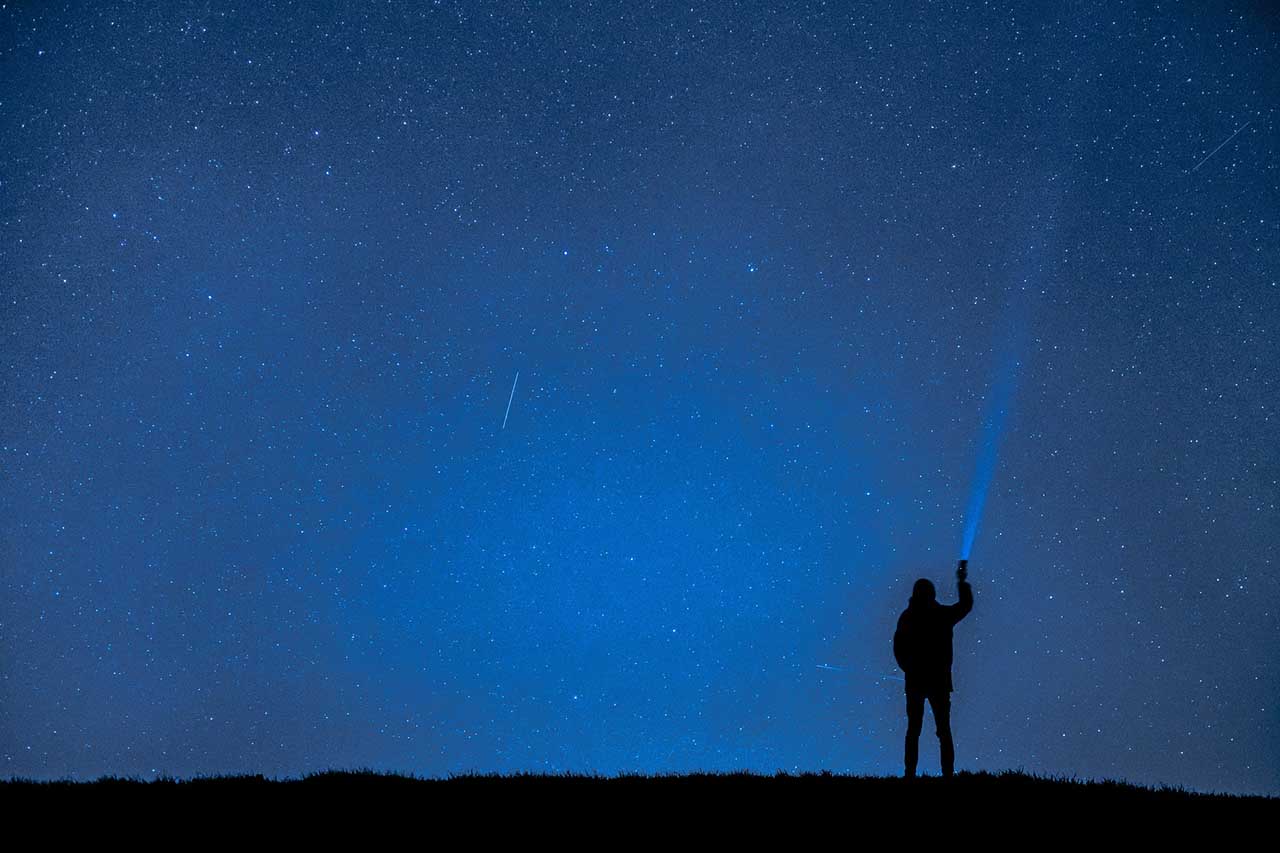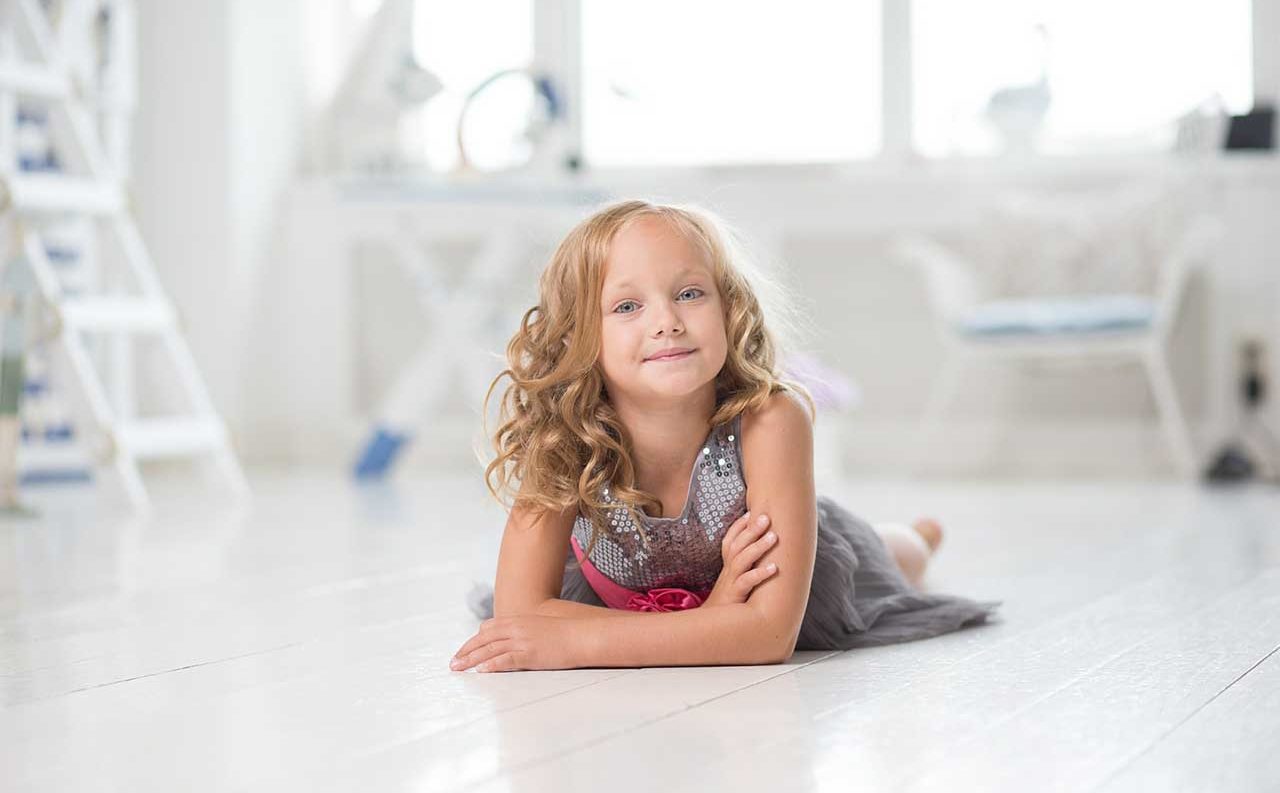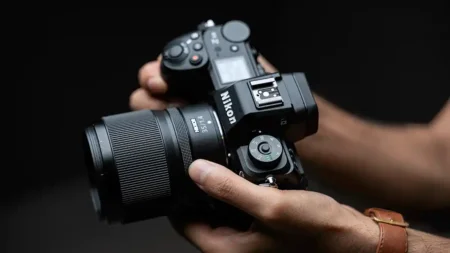Studio lights and flashguns are excellent tools, but sometimes you just want to add a little extra light without all the hassle of setting up off-camera lighting.
Luckily there are some simple ways you can inject a little more light into a scene without reaching for your Speedlight!
How to add light to your images: 01 Shoot outdoors
OK, you might be thinking this is obvious, but it isn’t always! How many times have you struggled to take that photo of your kids on the sofa and not been able to get a fast-enough shutter speed and abandoned the effort?
Simply moving outside, even on a dull day (which is often better) will add more light for you to shoot at your desired shutter speed.
That said, it’s best to avoid direct sunlight. Strong overhead sun can create harsh highlights and deep shadows, which are unflattering.
Time of day is most important here. Low, early morning or late afternoon sunlight can really bring a subject to life.
If the conditions are too bright and you have no other options, move your subjects into the shade. This will really help to reduce subject contrast.
For instance, if you’ve moved your kids outside but it’s too bright, ask them to go stand in the doorframe. One of the best portrait photography tips I ever learned was to ask your subjects to stand just inside a doorframe, while you shoot from just outside.
This ensures they are in shade, but there’s plenty of light being bounced around to illuminate them sufficiently.
Likewise, if your subject is near a body of water you’ll also find that plenty of light is bounced up, producing a very pleasing effect for portraits.
You might also think about bringing a diffuser with you when shooting outdoors in the sun. This will help soften the effect of direct sunlight and tame those highlights, while filling shadow areas with more light.
For the best effect, position a diffuser just above your subject.
How to add light to your images: 02 Find a window
It’s not always possible to get outdoors, though. If you’re shooting a subject that requires you to stay inside, then the best way to inject a little more light into your scene is to find a window.
Just try this as an experiment. Set up to shoot a subject in the centre of a room, then move that subject towards a window in that same room. Watch how much the light levels increase!
Here in the northern hemisphere where we at Camera Jabber eat, breathe and take pictures, it’s typically best to shoot in a north-facing window. On a sunny day this helps reduce strong shadows and harsh highlights.
On overcast days, though, a south-facing window is just as good and you’ll get the full benefit of the sunlight that’s diffused through the clouds.
If you’re shooting still life or macro photography, you might also try moving your subjects into a conservatory or greenhouse if you have one. Because these rooms are basically a giant window, you’ll find plenty of light to emphasise all the wonderful fine details one hopes to capture when shooting close up.
How to add light to your images: 03 Reflectors
A reflector is one of the most useful accessories you can have. You can use it for so many different types of photography, it never needs a battery and they fold down flat. A good reflector will bounce light into the shadow areas of your subject or scene and give you a much more flattering result.
To use a reflector, simply hold it on the opposite side of your subject from the light source. Make sure the reflective side of the reflector is facing your subject, and that’s it!
You can fine tune the amount of light bouncing into your scene by tilting and angling the reflector, or even moving it to different positions around your subject. You’ll see in live view how this changes the light in the shadows.
It’s also worth mentioning that reflectors are made in a variety of colours – e.g. white, silver and gold – or combinations of these. Different colour reflectors produce different hues of light.
You can also use a number of common household items as a DIY reflector, as well. A piece of white card, polystyrene, even a sheet of paper will bounce light into a scene.
I’ve also used tin foil before! Ball up a sheet of foil and then smooth it back out flat again. The textures this creates help soften the light, otherwise a smooth sheet would simply act like a mirror and burn out key areas of your subject or scene. I usually tack my foil to a piece of cardboard to make it more convenient to position.
If all else fails, try positioning your subject next to a plain white wall. This is about as DIY a reflector as you can get and will bounce back a decent amount of light onto your subject.
How to add light to your images: 04 Lamps
They may not be as strong as a proper studio light, and they may be a bit harsh, but if you’re desperate for extra illumination a common household lamp will give you light to work with.
If you’re shooting an indoor portrait these can be quite handy for lighting up any dark corners of a room and providing some extra detail. As a general rule when shooting environmental portraits: if there is lamp in your scene, it should be turned on.
If you have a lamp that allows you to adjust its angle, this is even more useful as you then have some extra control over the direction of that light.
If I’m using lamps to light an indoor scene I also usually try to soften the harshness of the bulb light by draping a linen or tea towel over the shade to diffuse the glow.
Don’t forget: if this artificial light is your main light source you’ll need to adjust your white balance accordingly! It’s probably best in these situations to set a custom white balance.
Even if the lamp is mainly lighting your subject, there will likely be other ambient light filtering in the room as well and you want your tones to be as accurate as possible.

How to add light to your images: 05 Flashlight / Torch
Whether you call it a flashlight or a torch, these have the great advantage of being small and portable, which makes them a first port of call for photographers who want to paint with light.
You can read all about painting with light here, but this technique is essentially where a photographer moves light around a scene during a long exposure. This light – usually directed from a torch – passes over the subject so that every bit of it is briefly illuminated during the exposure.
Painting with light takes some practice to get right, but the effects are really satisfying once you get the hang of it. It’s worth experimenting with different torches, exposure times and white balances to see the full range of effects you can achieve!
Some torches also let you adjust the intensity of the lightbeam, which is also useful. But if yours doesn’t you can also make DIY light modifiers with bits of card or tin foil.
As for setting up your camera, you need quite a long exposure to give yourself time to pass the light over all the areas that you want to be brightly exposed. So to this end you’ll want to set as low an ISO value as possible.
Finally, because you’ll be shooting in very dark conditions its best to focus the lens manually using the enlarged live view image on your camera’s LCD screen while you shine the torch at the appropriate area.



